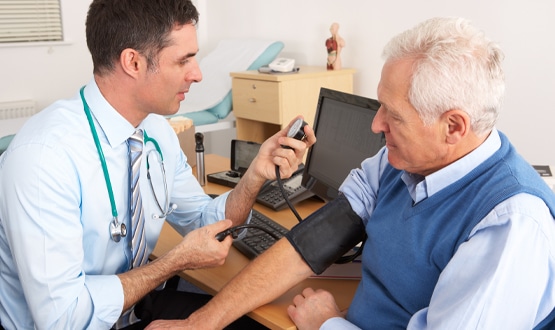Telehealth doesn’t improve self care
- 4 July 2013

Telehealth does not improve patients’ self-care behaviour, an evaluation of the Whole System Demonstrator programme reveals.
Speaking at the King’s Fund annual telehealth and telecare congress this week, researchers said investigations had found that telehealth did not increase self-efficacy amongst users.
The WSD programme was set up as a randomised control trial by the Department of Health to find evidence to support the use of telehealth and telecare technology.
Martin Cartwright, research associate in health services research at City University London, said a team had undertaken four lots of analysis on the effect telehealth had on self-efficacy and self-care behaviour, but found no significant findings.
“We’re not finding effects, they’re so small we can’t find anything significant," said Cartwright.
"However we looked at this, there was no difference anywhere in self-care and self-efficacy. “
He added that the patient outcome pathway was rarely discussed when talking about telehealth.
“It’s about the way they live their lives. If we achieve changes in this pathway we’re more likely to see the benefits of telehealth.
“Behaviour change is the only way to deliver telehealth. We need a new telehealth delivery model to achieve sustained improvement.”
The headline findings on the WSD trial, released in December 2011 to support the launch of the 3millionlives campaign, claimed that "correct use" of telehealth can deliver reductions in A&E visits, emergency admissions and mortality rates.
However, further reports on the programme found that telehealth is not cost effective, nor does it improve quality of life.
Speaking at the Kings’ Fund, the researchers said they also found that there were several barriers to adoption of telehealth and telecare, mostly to do with integration.
Virginia Macneill, honorary senior researcher in public health at the University of Oxford, said that staff delivering telehealth and telecare did not communicate with each other.
“Telehealth and telecare services operate in isolation from each other, with no shared vision of health and social care,” she said.
“There’s no literature about the difficulties of integrating telehealth and telecare and no evidence that there is an awareness of this issue at policy level.”
Despite the lack of evidence, the researchers said that after the WSD trial, telehealth had been extended in many sites.
The government’s 3millionlives campaign aims to have 3m telehealth users by 2017.




